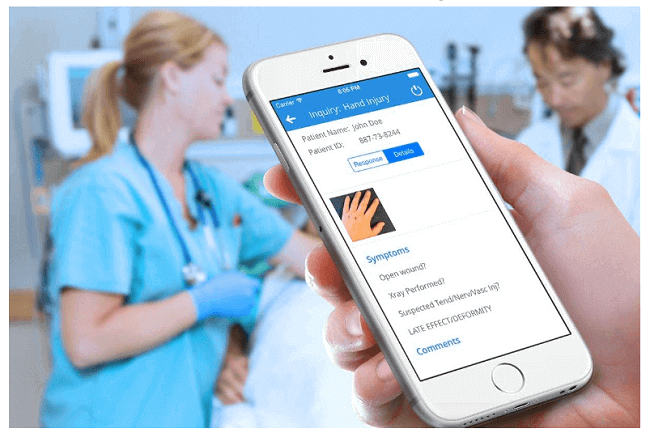During this session, we will take a look at the healthcare application trends that will shape the healthcare industry over the next decade. This includes such areas as Patient-Generated Health Data, IoT integration, Telemedicine, and Blockchain.
IoT integration
Contents
Several health care applications have emerged from the Internet of Things (IoT). These include smart homes, remote monitoring, health monitoring devices, health analytics, health data analytics, and more. These technologies can help hospitals improve their capacity to diagnose and treat patients and to provide patients with more efficient care.
The Internet of Things is a system of wireless digital devices that can connect with each other. It is a powerful tool that can be used to diagnose health issues, treat patients, and support health systems in a crisis.
Health care applications can include wearable devices that measure heart rate, calories burned, sleep, and more. They can also include digital medications, implantable surgical devices, and other portable devices that collect health related data.
The benefits of smart health care include better disease diagnosis, remote monitoring, and prevention. These technologies also can improve self-management of chronic conditions. Ultimately, IoT can help health systems transition from the traditional model of service delivery to a more proactive one.
Blockchain
Various healthcare organizations are already implementing the use of blockchain technology in their daily operations. This technology provides secure storage for patient health data and allows for a secure record of patient care transactions. It also allows for encryption of medical data, which is important to protect patient privacy.
While many people associate blockchain with cryptocurrencies, it can be applied to a wide variety of industries. Healthcare organizations are already using blockchain technology to store patient health data and improve efficiency. It can also be used to reduce healthcare costs and improve patient experience.
A healthcare blockchain could also be used to monitor claims processing. This could reduce the risks of miscommunication and lost files. It could also provide a tamper-proof record of patient care transactions. It could also provide a new technological model for HIE (health information exchange).
Healthcare systems across the world have been using blockchain to solve issues related to product tracking and identity management. One project used the technology to create a community of medical professionals. Others use it for payment processing in healthcare.
AI/ML Modules
Personalized healthcare requires novel solutions and improved communication. These two factors are aided by new advances in AI and machine learning. These technological developments can improve treatment facilities and diagnostics.
People are increasingly becoming more healthcare conscious. They are also more interested in wearable devices and fitness apps. These devices help them measure their heart rate and step counts. They are also more likely to take care of their daily diets.
The healthcare industry is no exception to the rapid changes in technology. The industry needs to be able to adapt to these changes. It also needs to understand the implications of these changes. It is also important for healthcare consumers to be able to navigate these changes.
There are many uses for AI in healthcare. These include telemedicine, which allows rural patients to receive treatment without having to visit a healthcare center. It also includes healthcare management apps, which help healthcare organizations manage their treatment processes.
Telemedicine
telemedicine is one of the fastest-growing healthcare application trends worldwide. In fact, it is expected to overtake traditional in-house consultations in the coming years.
It helps rural patients get treated without visiting a doctor’s office. It also increases access to medical specialists. A new report by Healthcare Dive estimates that telemedicine costs will rise by 265% by 2023.
Healthcare software allows patients to log in to a system, request appointments, request prescription reauthorization, and leave messages for doctors. These applications also facilitate video conferences between patients and doctors.
Artificial intelligence is another key medical technology trend. This technology can analyze data from patient devices, including glucose monitors and blood pressure cuffs. It can also predict and track a patient’s progress.
Another important medical technology trend involves nanorobots, which can be injected into human blood vessels to fight tumors and other diseases on a cellular level. In addition, chatbots are also AI-based computer applications that fill several roles. They can be textual or voice-based.
Patient-Generated Health Data
Using patient-generated health data will help improve treatment, health care delivery and patient care. The data includes information about patients’ lifestyles, diet, exercise habits, and other health issues. It is also shared with healthcare delivery organizations and insurance companies.
As more people become health conscious, they are looking for faster and better treatment solutions. This trend has driven the demand for healthcare apps. They help patients keep track of their health information, track health records, and make it easy to send their health records.
People are also more conscious about their diets and other lifestyle changes. As a result, the number of people with wearable fitness trackers has increased. They count calories burned, sleep, and steps. This trend is also being used by hospitals and medical providers to track patients’ real-time health conditions.

